etiolated growth on my ficus Audrey
Elena Nuta
3 years ago
Featured Answer
Comments (32)
Elena Nuta
3 years agotapla (mid-Michigan, USDA z5b-6a)
3 years agoRelated Discussions
Can Tylecodon paniculatus get etiolated?
Comments (21)Sorry, too big hallii. It's paniculatus var. dinterii. Got from a garage sale last year for $2 You can do the bonsai thing with Tylecodon, but personally I don't like the look of the cuts. Sure in time it won't be as noticeable but it will look like it was cut. With the plant I cut I sprayed the tips with dust away, it's aerosol to clean computers. After you spray it for 10sec it extremely cold and it freezes the tissues. I want to see if it will produce a naturally occurring scar. Only time will tell.......See MoreFicus benghalensis "Audrey" - Pruning Question
Comments (12)You have 2 options. You can cut the top back to a leaf that is growing back toward an imaginary line straight up from the center of the pot, or you can cut back harder so you take the crook out of the picture and make the top straight. The grower cut the trunk back and that's how the branch that became the new leader grew. What the grower should have done and you can still do is this: Imagine this as your tree and the leaves are branches. ^^^ When the grower cut the top back ^^^, he cut it back to about where the knot is, and the branch that turned into the new leader (that would be the one just below the knot) grew at the same angle as the leaf stem. What he SHOULD have done is, cut the top back only part way so there was a stub left, then tie the new branch to the stub so it grows straight: **************************************************************************************************** Your idea to prune back to the leaf growing back toward the center is what I described above. It's ok to do that if the distance from the soil line to the first crook in the trunk is longer than the distance from the crook in the trunk to the branch growing back toward the middle. IOW, as your tree zig-zags, the distance between the direction changes has to grow increasingly smaller as your eye moves from bottom to top. This is because (in nature), branches get much closer together near the top of trees, and that's what your eye expects to see. If you DON'T see the sections between turns getting shorter toward the top, it will look odd, even if you can't put your finger on the precise reason why. If the distances are transposed, I'd cut the crook out and do what I illustrated above. Al...See MoreSuccessful Audrey Ficus Rooting
Comments (10)Mine needs more shaping but I am not totally unhappy. You can try cutting a plastic bottle and wrap it around the base like a collar. This will trap some humidity near the base of the stem and encourage it to grow more aerial roots. Pruning wise, I cut back hard in June. I also keep mine outside in summer and that encourages rapid growth. If you want more branching cut back each branch to one or two leaf. New bud will appear from the base of the remaining leaves. So cut it back so the new branch will generally face outwards. Cut off inner criss-crossing branches. These are just some basic rules. Look for "Ficus tree in Containers" in container forum I believe. Our resident guru, Al, describes in detail everything about Ficus....See MoreFicus Audrey growing out of control. can i stunt growth of branch now?
Comments (2)It's hard to make suggestions re what to do w/o knowing where you live. If you want to make a plant look stunted, the best way to go about it is by keeping it always in a high state of vitality so it grows a lot, and do your "stunting" manually. Keeping a plant horribly rootbound limits branch extension and forces tighter internodes (less space between leaves), but it also limits vitality and the plant's ability to defend itself against pathogens and insect herbivory. Growth is measured by an increase in the plant's dry mass. When your tree isn't growing, it's dying, so the closer you get to stagnant growth (when a plant should be growing) the unhealthier the tree becomes. Note the list of how a plant orders its use of energy. It first goes to it's strongest sink, which is respiratory maintenance (maintenance of all its living parts), followed in order by production of fine roots, followed by flower/ seed/ fruit production, the primary growth (extension of both roots and shoots), then secondary growth (thickening), and finally, the synthesis of defensive chemicals. So stress first affects a plant's ability to defend itself - not the right path to keeping a plant small. Bonsai live in small pots (relative to plant size) and are kept compact, often for centuries, yet they are some of the healthiest plants in pots. This they owe to their care givers' attention to regular root work and regular/ judicious pruning. What I'm driving at is you need to prune it; however, where you live has much to do with HOW you prune it; reason being, you want to do a hard prune in late spring to provide a framework to build on. What the tree puts on in terms of growth in summer will be desirable and something to be kept as a part of the end composition. Growth but on late fall through early spring will be long (in internodes) and lanky, so, undesirable. If you live in the N Hemisphere, you should partially prune now and prune back hard in late spring, as measured by the calendar. Overview of Good Growing Practices Growing Ficus in Containers Long Term Care of Trees in Containers Al...See MoreElena Nuta
3 years agotapla (mid-Michigan, USDA z5b-6a)
3 years agoElena Nuta
3 years agotapla (mid-Michigan, USDA z5b-6a)
3 years agoElena Nuta
3 years agoElena Nuta
3 years agoCaitlin
3 years agolast modified: 3 years agoElena Nuta
3 years agotapla (mid-Michigan, USDA z5b-6a)
3 years agoCaitlin
3 years agoElena Nuta
3 years agoCaitlin
3 years agoCaitlin
3 years agoElena Nuta
3 years agotapla (mid-Michigan, USDA z5b-6a)
3 years agoCaitlin
3 years agoElena Nuta
3 years agoElena Nuta
3 years agotropicofcancer (6b SW-PA)
3 years agoElena Nuta
3 years agotropicofcancer (6b SW-PA)
3 years agoElena Nuta
3 years agotapla (mid-Michigan, USDA z5b-6a)
3 years agoElena Nuta
3 years agotapla (mid-Michigan, USDA z5b-6a)
3 years agoVibha Bamba
3 years agolast modified: 3 years agotapla (mid-Michigan, USDA z5b-6a)
3 years agoFilron Filron
last yeartapla (mid-Michigan, USDA z5b-6a)
last yearlast modified: last year





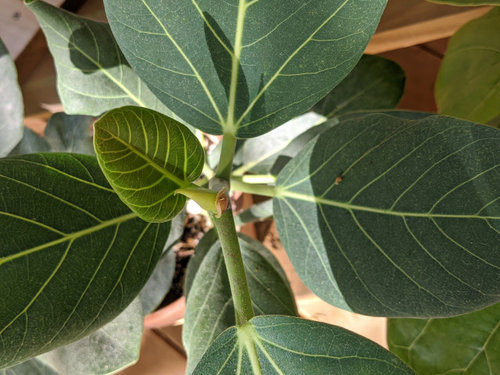
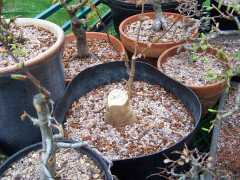
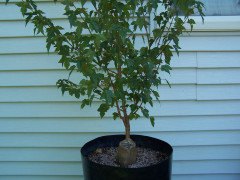


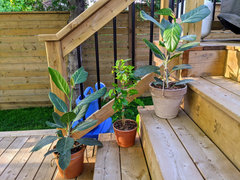
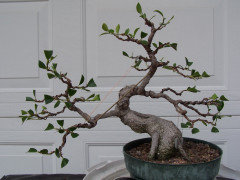
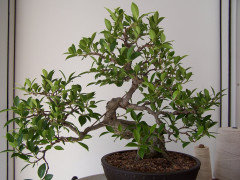
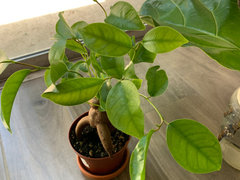
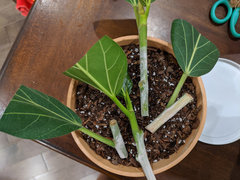

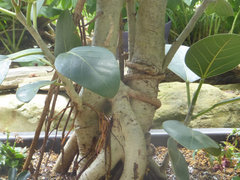
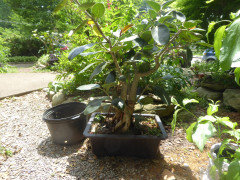
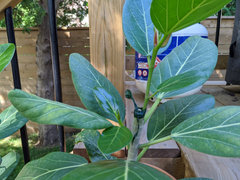

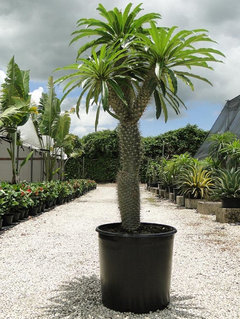



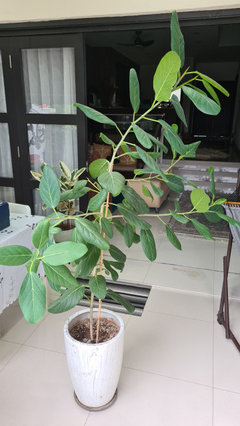





Elena NutaOriginal Author